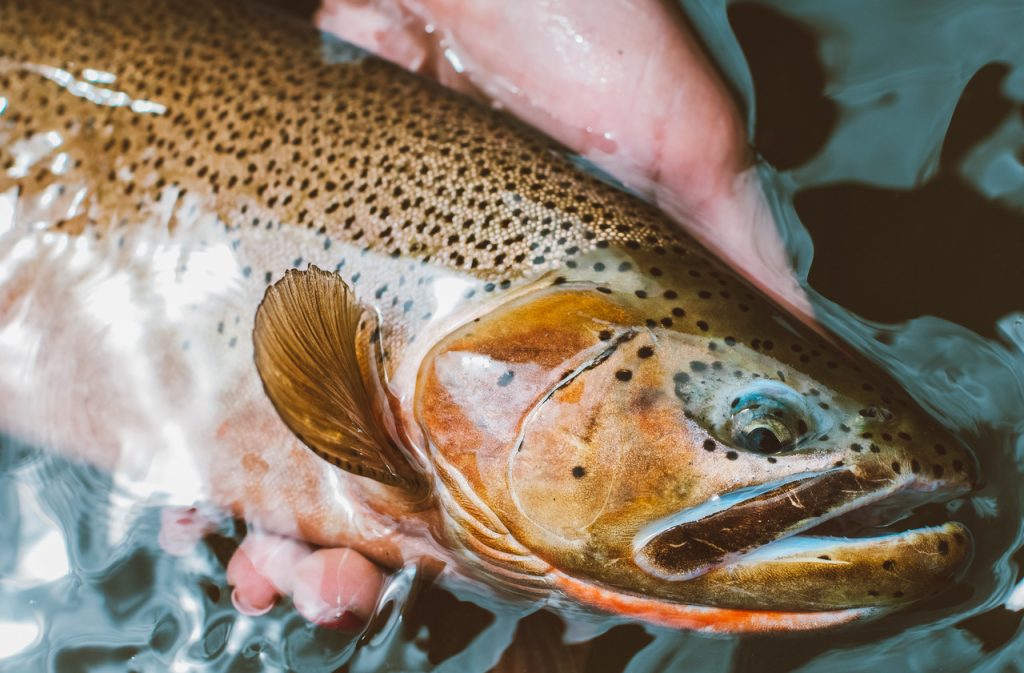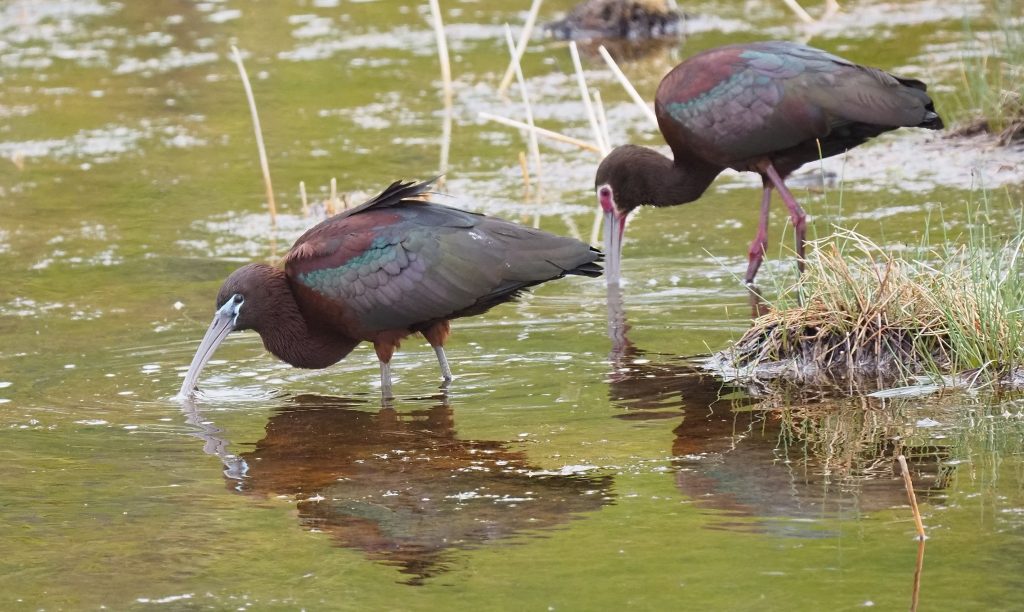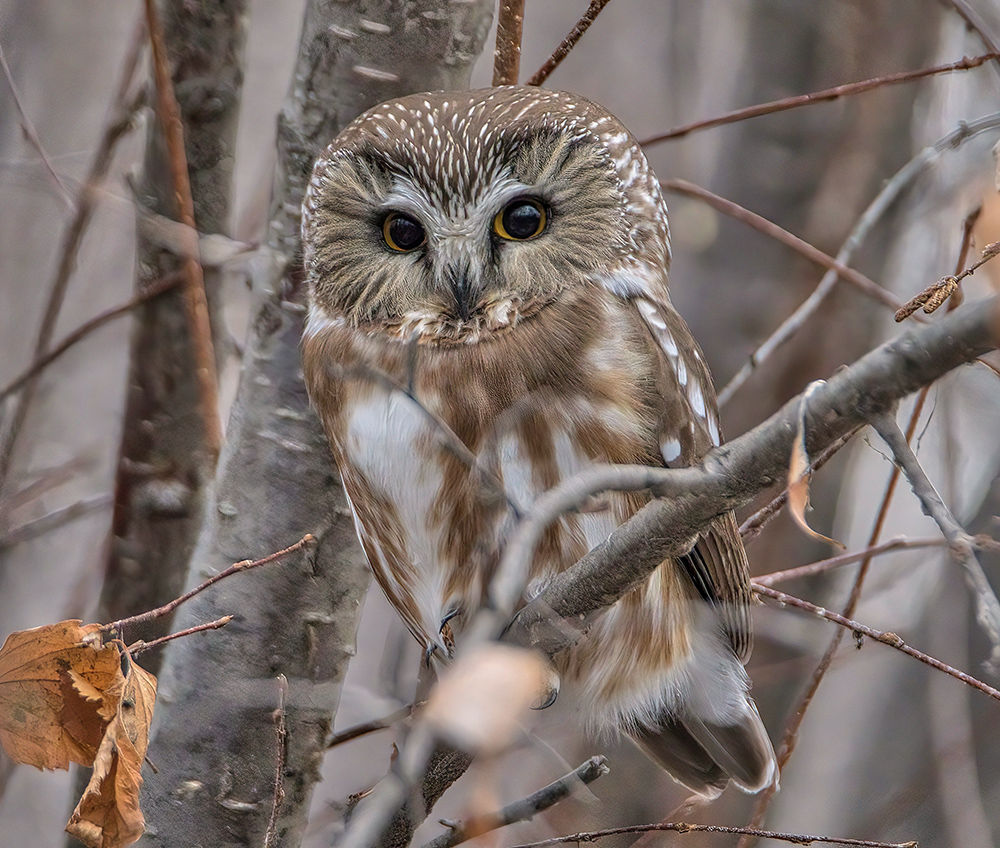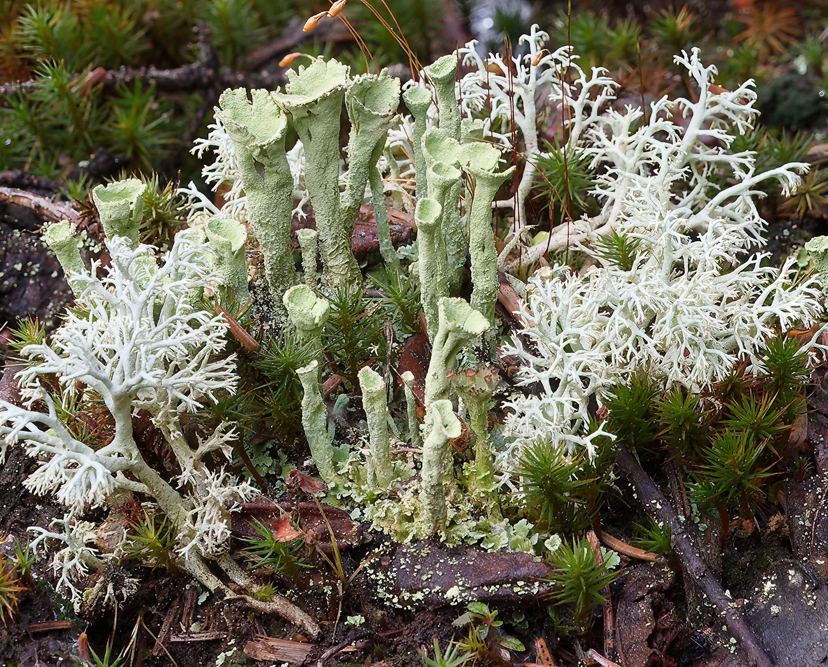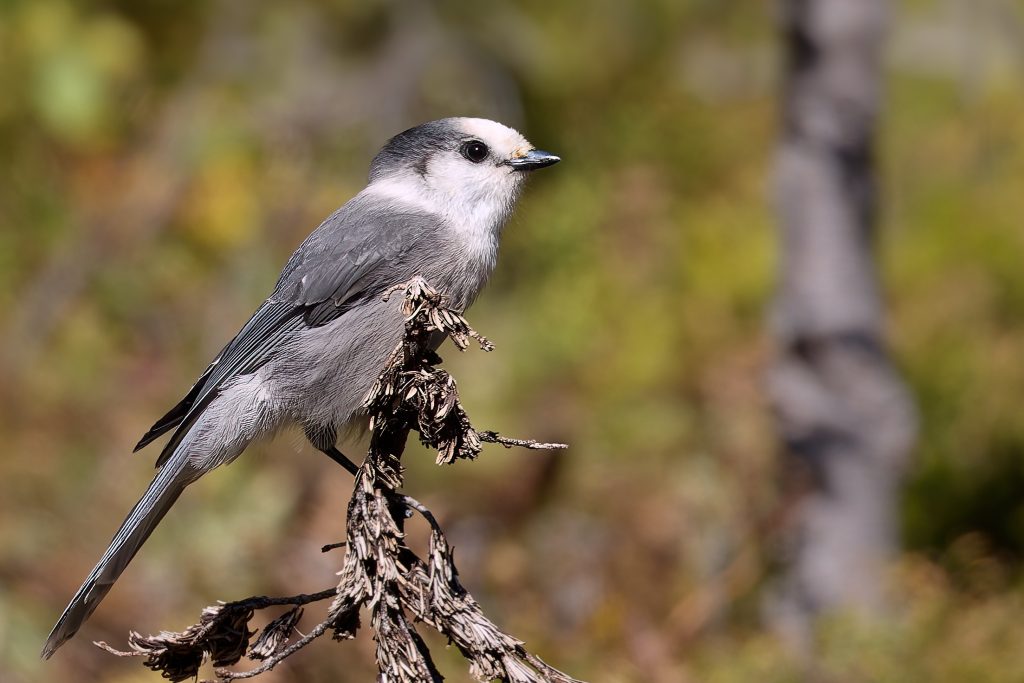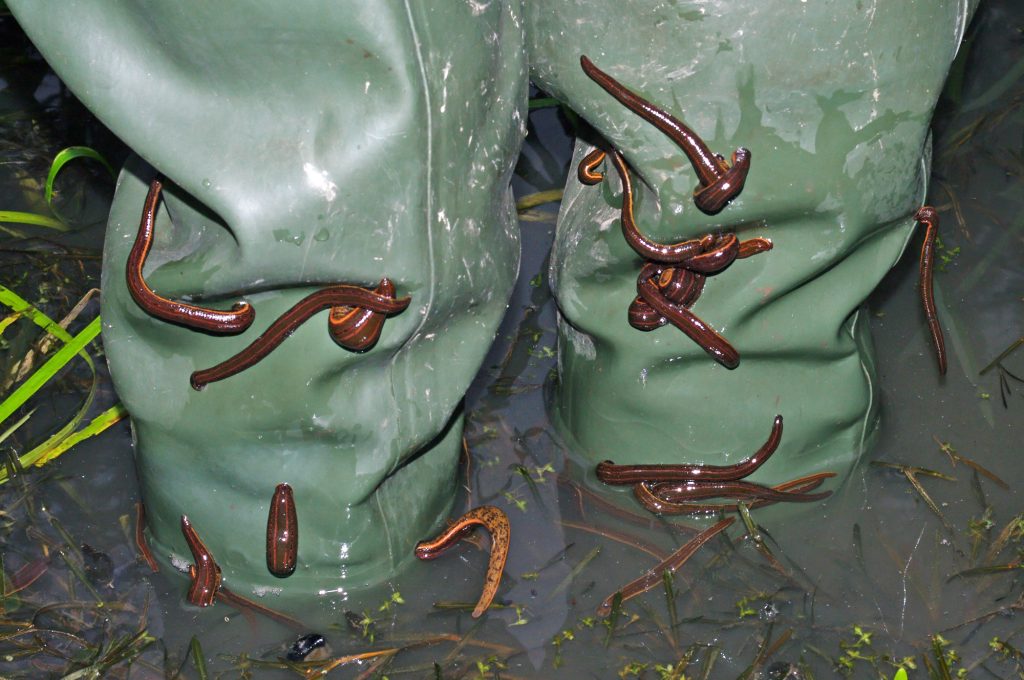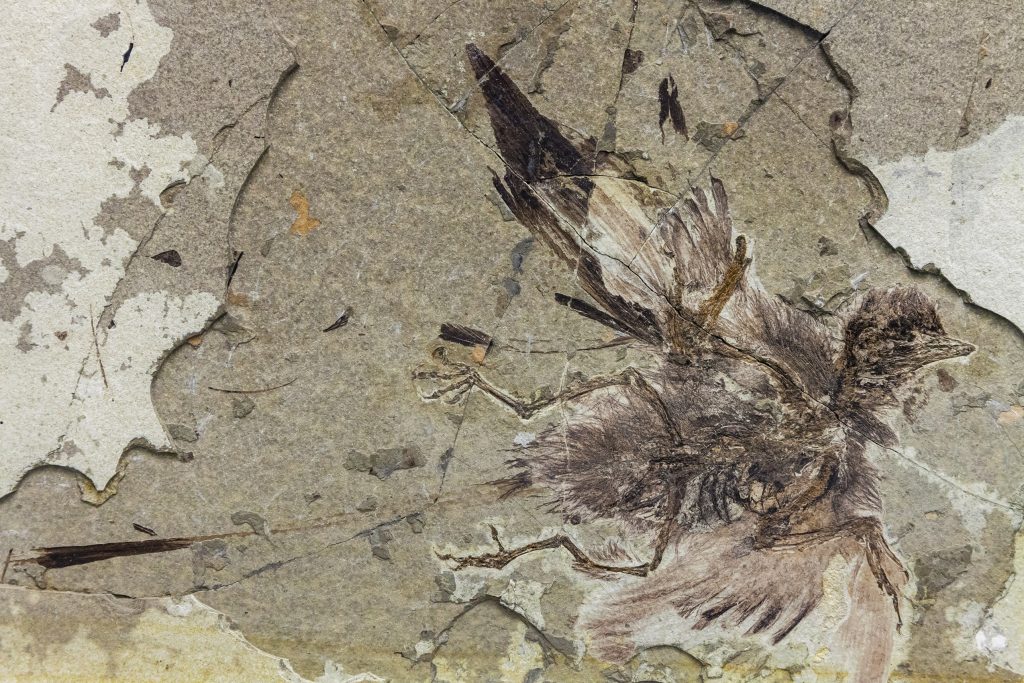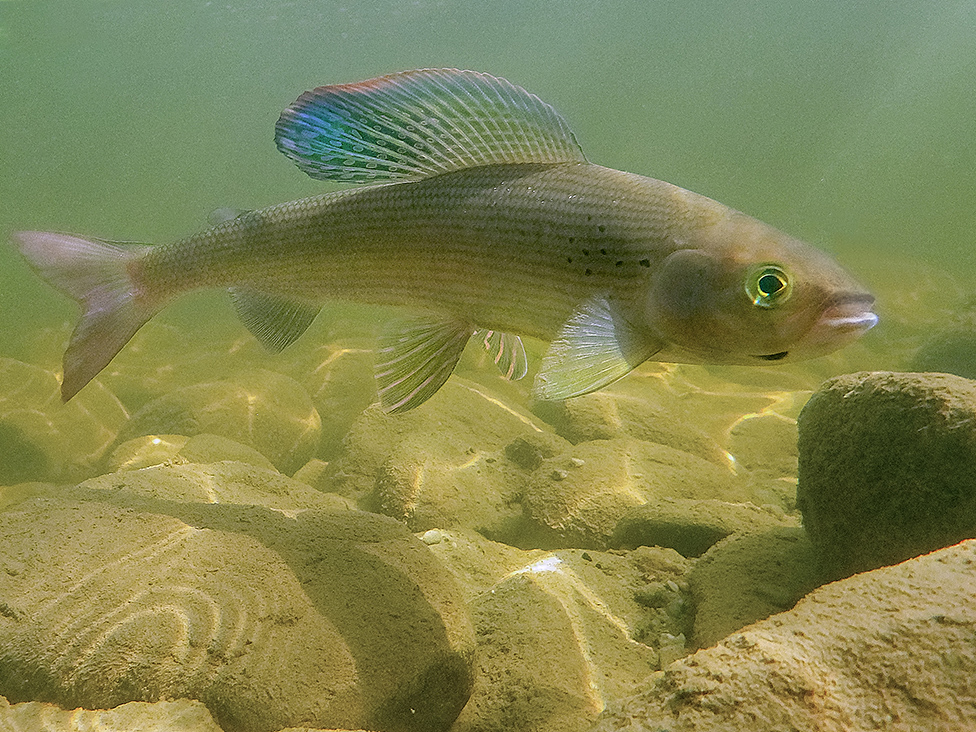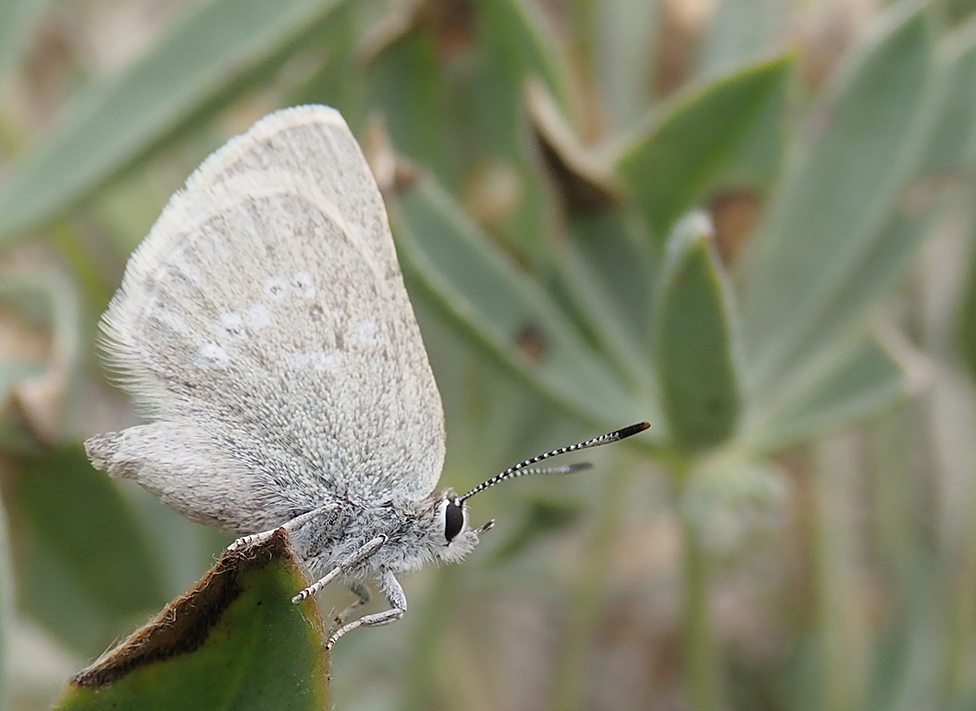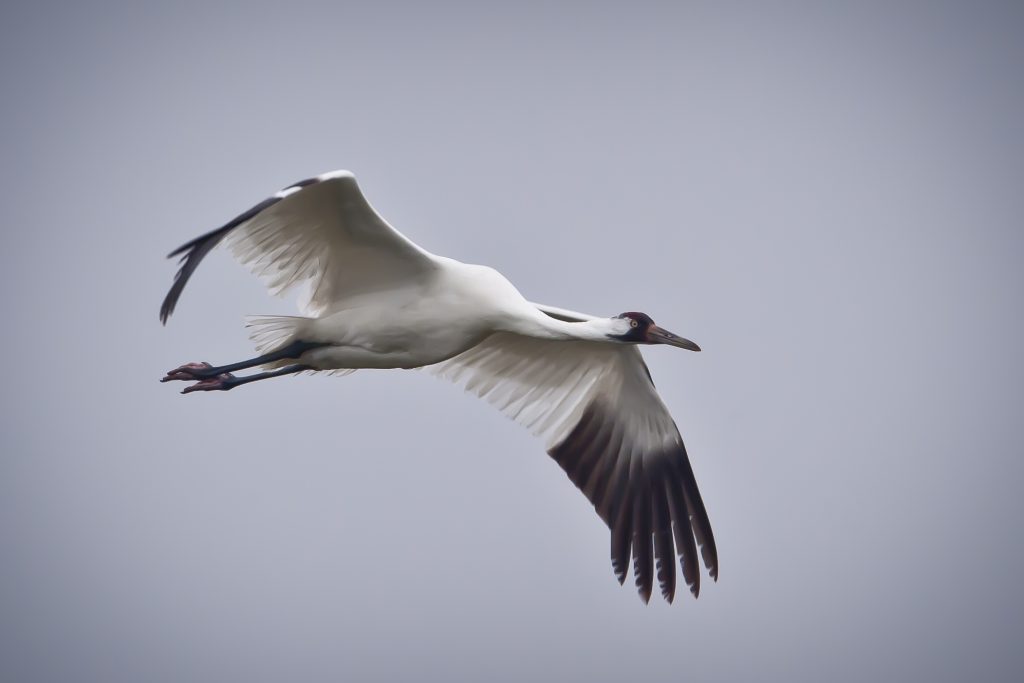Featured Species
The Currency of Angler Citizen Science
Lorne Fitch searches for a treasure trove of citizen science data in the fishing diaries of lifelong anglers.
Read MoreFive New Firsts in Alberta Bird Sightings
Alberta’s official bird record gained five first-time species sightings last year!
Read MoreMotus: The Latest Advance in Tracking Bird Migration
New technology, new insight — Motus is a tiny revolution in tracking bird migration.
Read MoreFor the Love of Lichens
There’s lots to love about lichens! Meet some of Alberta’s most colourful examples of these fascinating amalgam organisms.
Read MoreCanada Jays: Grey Ghosts of the Northern Woods
Meet the grey ghost of the northern woods — the mischievous yet charming Canada jay.
Read MoreBloodsucking Leeches: More Than Just a Horror Icon
BY CHERYL TEBBY
Popular depictions of leeches often include concentric rows of sharp, fang-like teeth, or maybe an elongate ventral sucker that enables them to cling to their victim like the sticky-hand toys found in birthday “goody bags.” But in real life, leeches are a little more prosaic, much less horror-movie monster.
Read MoreHow to Build a Bird: The Story of Avian Evolution
BY RICHARD SCHNEIDER AND NICK CARTER
The origin of the avian body plan is not something bird watchers often think about. With so many species to find and identify out there, what does it matter how they originated? However, the story of bird evolution is a fascinating one, and understanding it can bring great enrichment to the hobby of birdwatching.
Read MoreArctic Grayling: The Jewel of Canada’s Northern Waters
BY JESSICA REILLY
I spend my free time studying Arctic grayling, and it captures every ounce of my curiosity. Arctic grayling have striking colouration with large dorsal fins reminiscent of a marine sailfish. They are aggressive feeders and fun to catch on a fly. In studying them, we learn more about the ancient processes that led to the rich mosaic of biodiversity around us today.
Read MoreSurvival Against the Odds: Alberta’s Half-moon Hairstreak Butterfly
BY BENNY ACORN
Waterton Lakes National Park is truly one of the most remarkable areas in all of Alberta, where natural beauty is partnered with rich and unique biological diversity. Although you would not expect it, the story of one of Alberta’s rarest insects begins here, under the late-winter snow. This is a story of unexpected alliances, remarkable specialization, and perseverance in the face of catastrophic adversity, and it all takes place on the Blakiston Fan.
Read MoreWhooping Cranes: Step by Step, Egg by Egg, Towards Recovery
BY HIRA SHAH
The whooping crane was once widely distributed across North America, but by the 1940s, hunting and habitat loss had reduced the species to only 21 birds. Wood Buffalo National Park remains the only place in Canada where whooping cranes nest.
Read More
